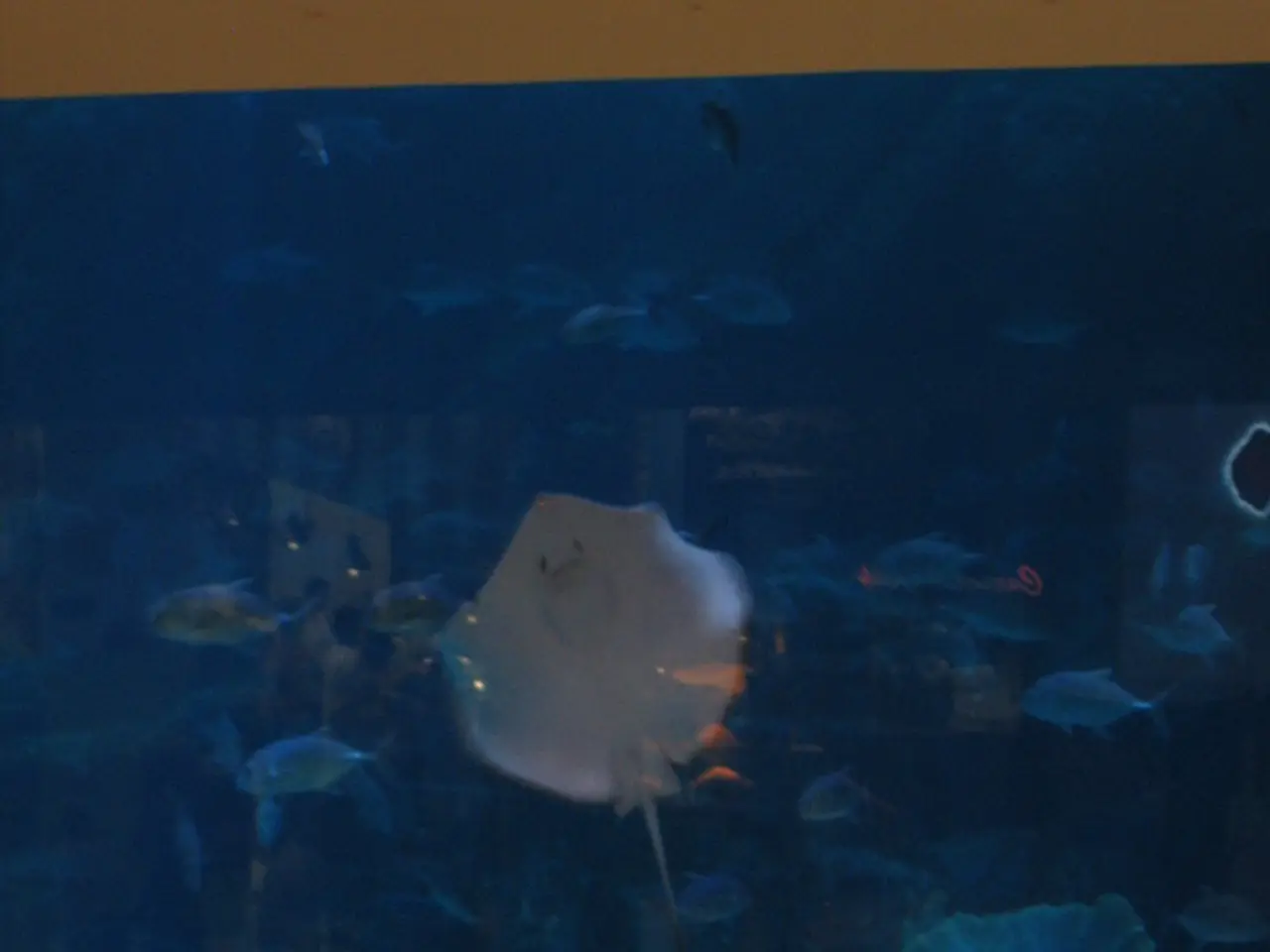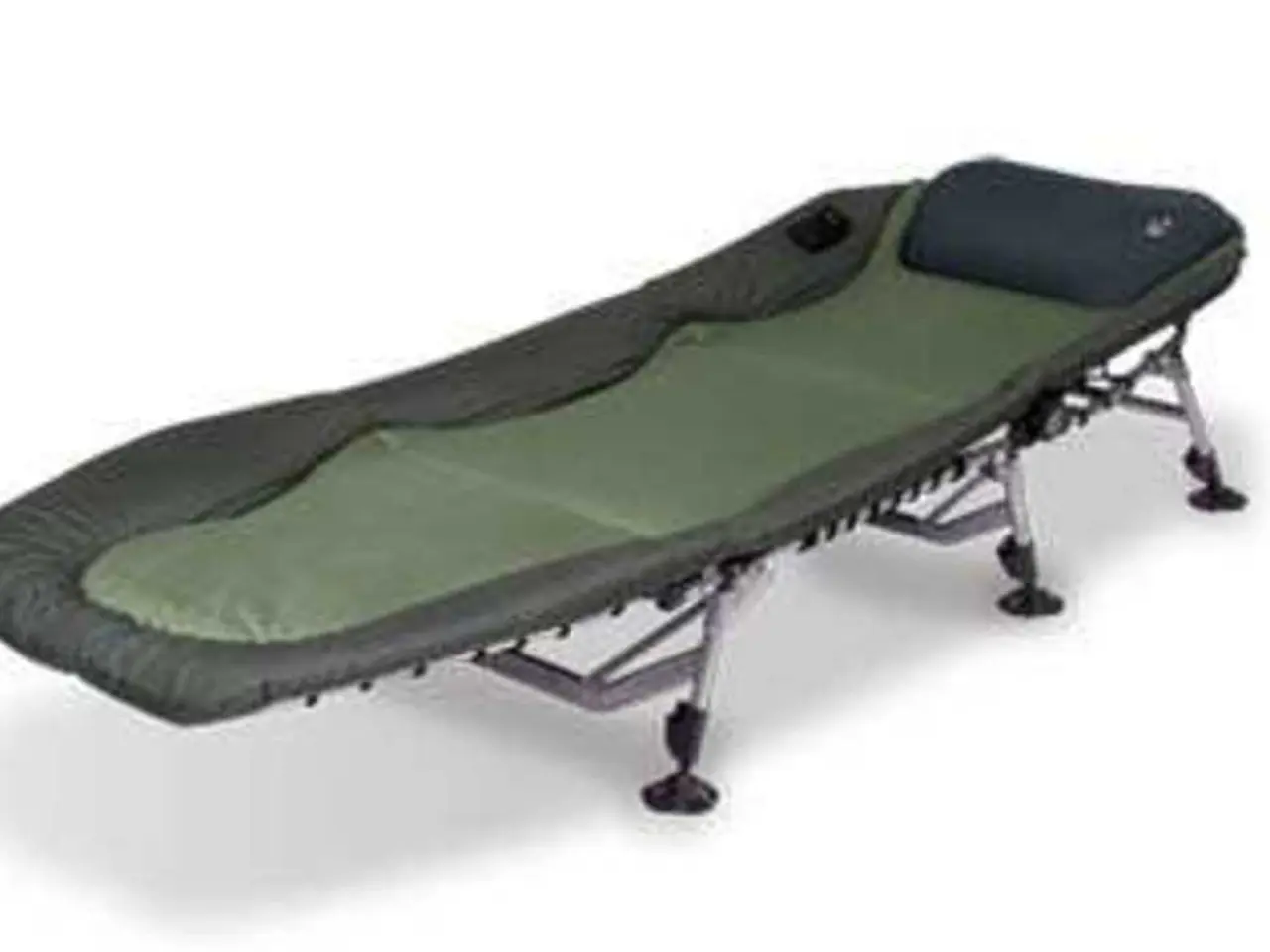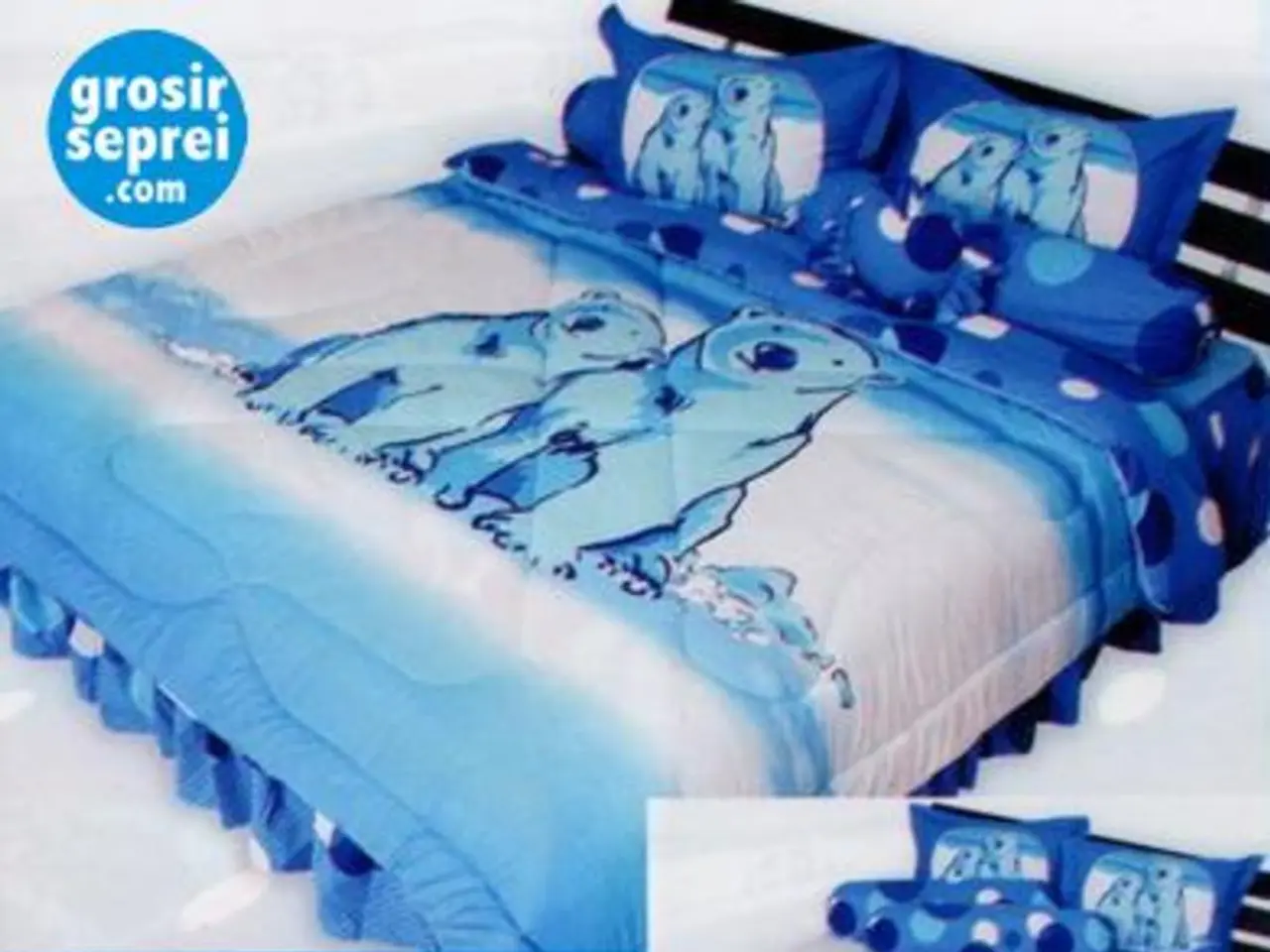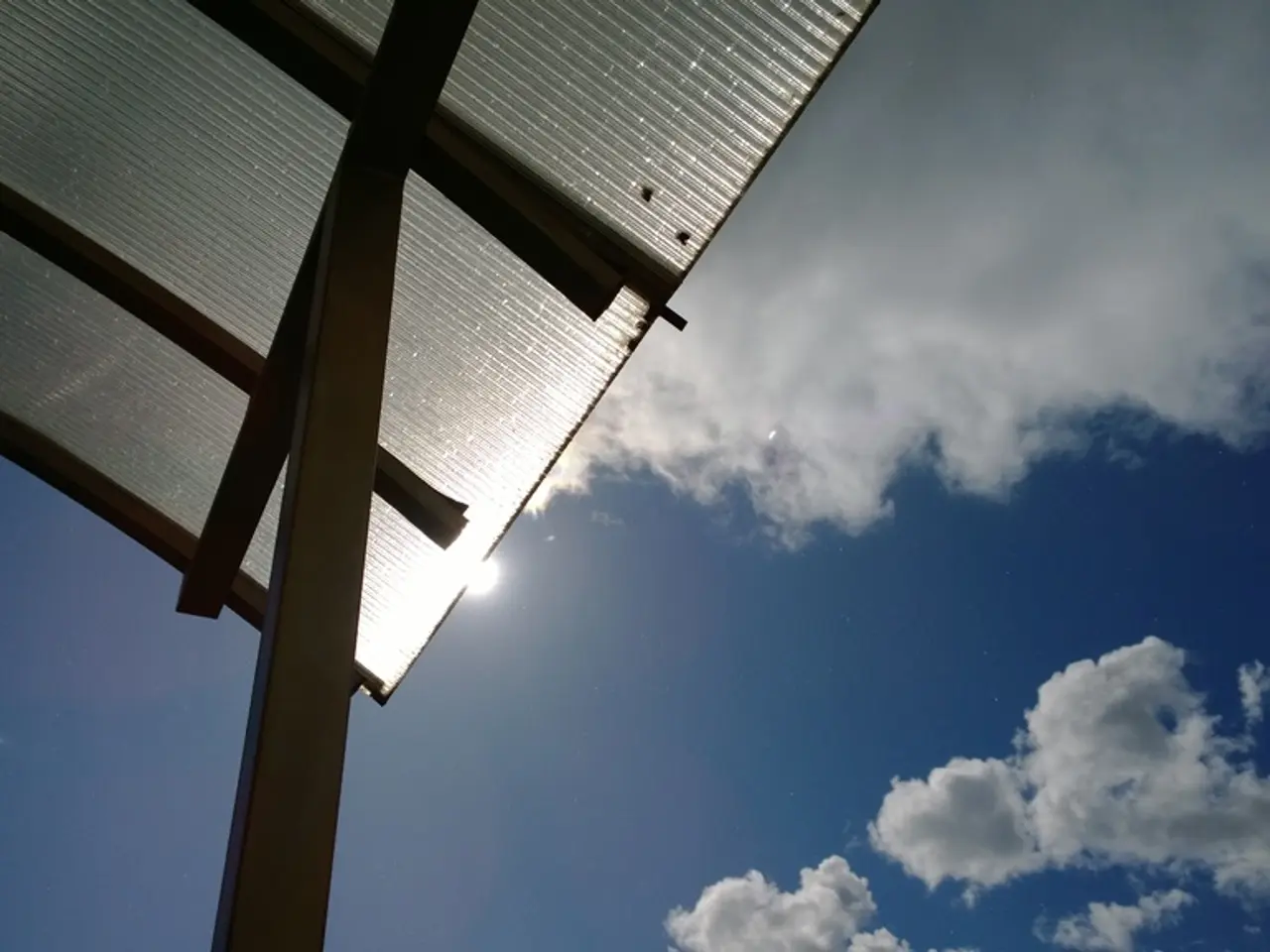Algal Nutrient Management: Comparison Between Refugium and Algae Turf Scrubbers
In the world of saltwater reef aquariums, two popular methods for managing nutrient levels are refugiums and algae turf scrubbers (ATS). These systems, while sharing the common goal of maintaining a balanced environment, differ significantly in design, algae type, and operational goals.
A refugium is a dedicated tank or compartment, often located in the sump, where macroalgae such as Chaetomorpha are grown. Its purpose is to provide a natural method for removing excess nutrients (nitrate and phosphate) from the aquarium by encouraging the growth of macroalgae that absorb these nutrients. Refugiums may also offer a safe habitat for microfauna and help stabilize water quality. They typically have a more open design and grow larger macroalgae in a low-light or moderate-light environment.
On the other hand, an ATS is a specialized device or setup designed to grow dense, fast-growing turf algae on a screen or surface under intense lighting. Turf algae grow quickly and are harvested frequently to remove nutrients more aggressively and efficiently. ATS setups often maximize surface area and water flow over algae to optimize nutrient uptake.
Recent innovations have blurred the line between refugiums and ATS. For example, the Adaptive Reef x AquaIllumination Hybrid Refugium Algae Reactor supports both macroalgae (Chaetomorpha) and turf algae growth in a compact, sump-friendly design. This hybrid device provides flexibility for nutrient export strategies without occupying much sump space.
Algae turf scrubbers are often more compact and can be easily integrated into a range of setups, including systems with limited space. They require relatively low maintenance compared to other nutrient control methods, with the primary task being to scrape off the algae from the screen periodically. Algae turf scrubbers can be cost-effective in the long run as they do not require ongoing dosing or expensive equipment replacements.
Running the ATS light on an opposite cycle to the main display tank can help stabilize pH levels. Moreover, refugiums, due to their more passive approach, require ongoing attention to ensure that the macroalgae do not overgrow.
Robert, with over 25 years of experience keeping aquariums, is a professional content creator in the saltwater aquarium industry. His content is digestible and makes reefing fun and easy due to his perspective, thoughtfulness for the hobbyist, and understanding of the hobby and industry. He offers related posts on topics such as Chaetomorpha in a refugium, algae reduction without pests, things every reefer should know about reef tank refugiums, and the difference between algae turf scrubbers and refugiums.
In essence, refugiums grow macroalgae more passively to export nutrients, while algae turf scrubbers grow dense turf algae more aggressively for faster nutrient removal. Hybrid reactors now allow flexibility to operate a system as either or both, depending on hobbyist preference and space constraints.
- In the realm of health-and-wellness, Robert, an accomplished content creator with 25 years of aquarium expertise, provides accessible yet insightful articles that demystify reefing.
- Moving from fitness-and-exercise to lifestyle, Robert covers a range of topics, including the benefits of Chaetomorpha in a refugium, how to minimize algae without resorting to pests, and essential facts every reef tank hobbyist should know about refugiums.
- In the world of technology, hybrid reactors, like the Adaptive Reef x AquaIllumination version, combine the growing methods of both refugiums and algae turf scrubbers, offering hobbyists flexibility in nutrient export strategies.
- Lastly, in the home-and-garden segment, the choice between a refugium, with its passive approach to nutrient export, and an algae turf scrubber, with its more aggressive nutrient removal, depends on the hobbyist's preference and the available space in their setup.




